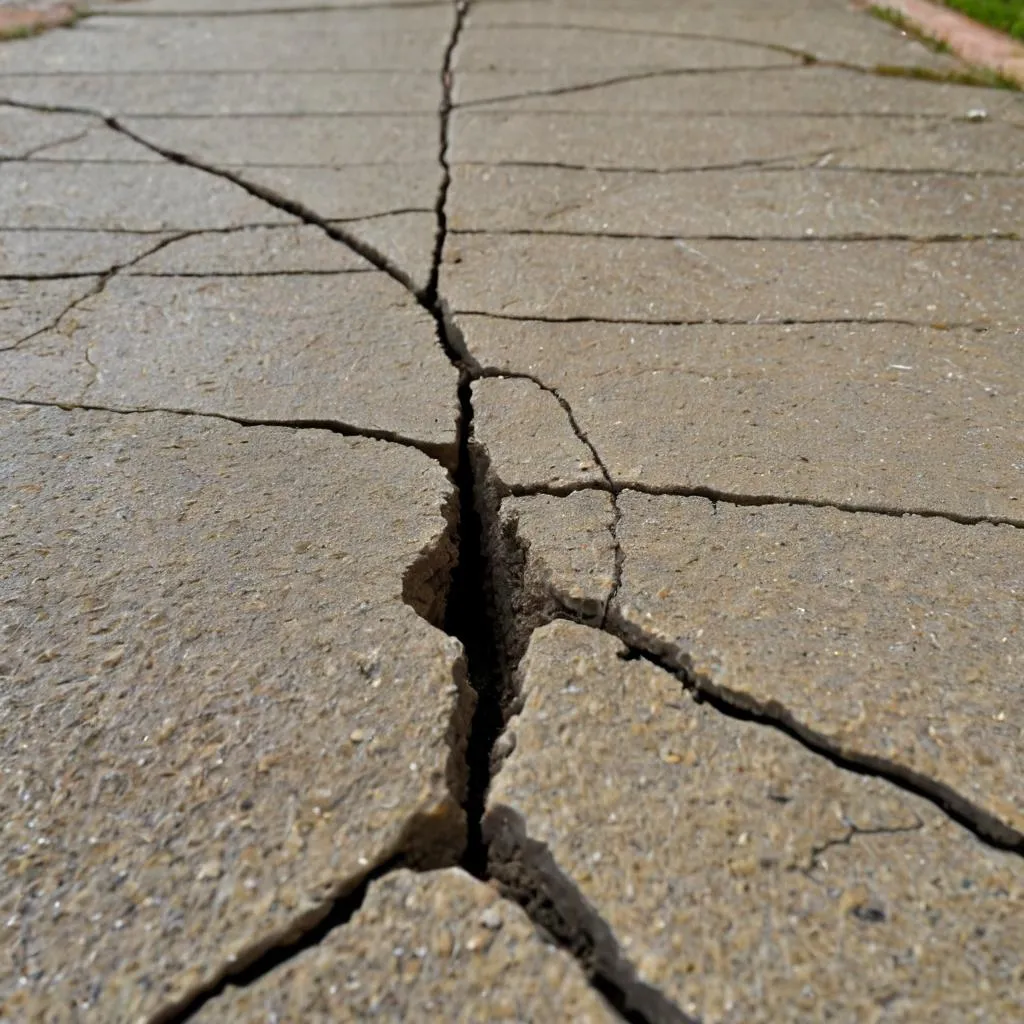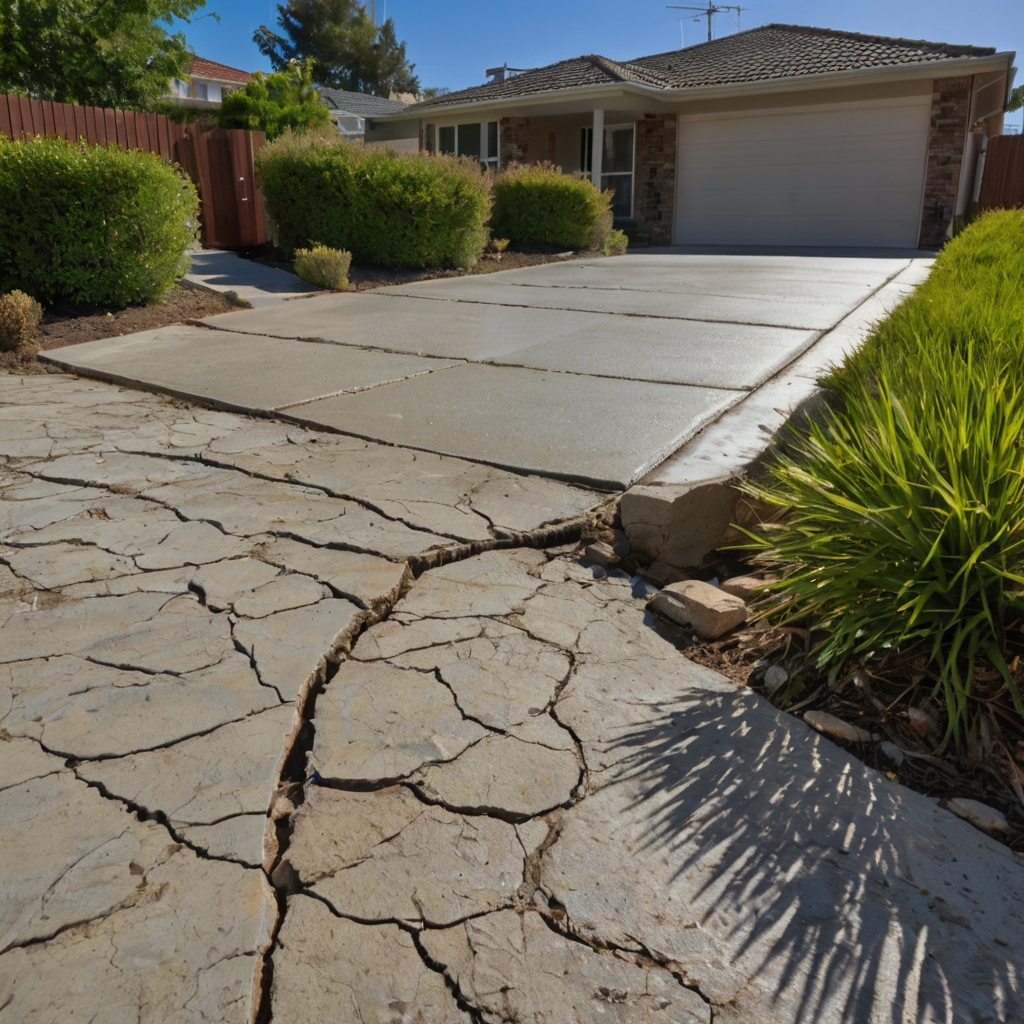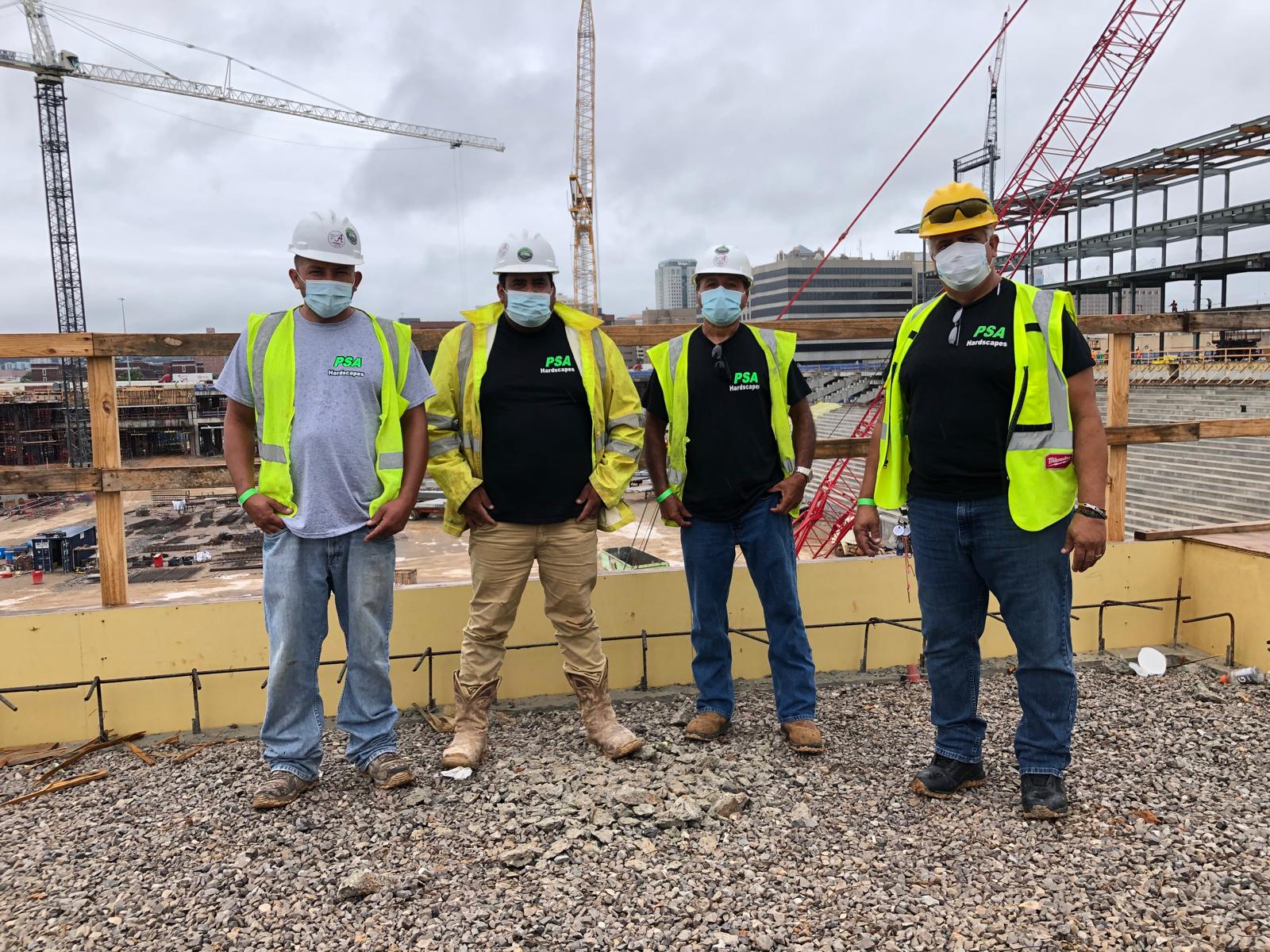
Common Pavement Problems and How to Fix Them
Common Pavement Problems and How to Fix Them
Pavement surfaces, whether pavers, asphalt or concrete, are subject to wear and tear from traffic, weather, and time. Identifying and addressing common pavement problems promptly is essential to prevent further damage and costly repairs. At Paving Stone of Alabama, we understand the importance of maintaining all pavement types. This blog post will identify common pavement issues, such as potholes, cracks, and surface deterioration, and provide practical advice on addressing these problems and preventing future damage.
Recognizing Pavement Issues: Identifying Signs of Damage
Common Pavement Problems and Their Causes

Potholes:
Caused by water infiltration, freeze-thaw cycles, and heavy traffic loads.
Appear as bowl-shaped depressions in the pavement surface.
Cracks:
Caused by temperature fluctuations, ground movement, and heavy traffic.
Can be categorized as alligator cracking, longitudinal cracking, or transverse cracking.
Alligator Cracking (Fatigue Cracking):
Interconnected cracks that resemble an alligator's skin.
Caused by repeated traffic loads on weakened pavement.
Rutting:
Depressions or grooves in the wheel paths of vehicles.
Caused by heavy traffic loads and inadequate pavement strength.
Raveling:
The disintegration of the pavement surface, leading to the loss of aggregate.
Caused by poor compaction, inadequate binder, or weather damage.
Surface Deterioration:
General wear and tear of the pavement surface, including fading, discoloration, and loss of texture.
Caused by UV radiation, weathering, and traffic abrasion.
Drainage Issues:
Water pooling or standing on the pavement surface.
Caused by improper grading, clogged drains, or inadequate drainage systems.
Fixing Common Pavement Problems: Practical Solutions
Addressing Pavement Damage Effectively

Pothole Repair:
Clean the pothole of debris and loose material.
Apply a cold patch asphalt or hot mix asphalt to fill the pothole.
Compact the patch material to create a smooth surface.
Crack Repair:
Clean the cracks of debris and loose material.
Apply a flexible crack sealant to fill the cracks.
Ensure the sealant is applied according to the manufacturer's instructions.
Alligator Cracking Repair:
Remove the damaged pavement and replace it with new asphalt or concrete.
Ensure proper compaction and drainage to prevent future cracking.
In severe cases, a full depth reclamation may be needed.
Rutting Repair:
Mill or grind the rutted area to create a level surface.
Apply a new layer of asphalt or concrete to restore the pavement profile.
Ensure proper compaction and drainage.
Raveling Repair:
Apply a surface treatment, such as a sealcoat or slurry seal, to seal the pavement surface and prevent further raveling.
In severe cases, a new overlay may be required.
Surface Deterioration Repair:
Apply a sealcoat to asphalt pavement to protect it from UV radiation and weathering.
Apply a concrete sealer to concrete pavement to protect it from staining and deterioration.
Drainage Issues Repair:
Regrade the pavement surface to improve drainage.
Clean or repair clogged drains and gutters.
Install new drainage systems, such as catch basins or culverts, if necessary.
Preventing Future Damage: Proactive Maintenance
Extending Pavement Lifespan Through Prevention

Regular Inspections:
Regular inspections should be conducted to identify and address potential problems early.
Preventative Maintenance:
Implement a preventative maintenance program, including sealcoating, crack sealing, and surface treatments.
This is especially important for asphalt.
Proper Drainage:
Ensure proper drainage to prevent water from damaging the pavement.
Load Management:
Avoid overloading the pavement with heavy vehicles.
Vegetation Control:
Control vegetation growth along pavement edges to prevent damage from roots and moisture.
Prompt Repairs:
Address minor issues promptly to prevent them from escalating into major repairs.
The Importance of Professional Assistance: Ensuring Quality Repairs
Expert Solutions for Lasting Results
Professional Assessment:
Consult with experienced pavement contractors to assess the extent of damage and recommend appropriate repairs.
Quality Materials:
Use high-quality patching materials and sealants to ensure lasting repairs.
Proper Techniques:
Ensure that repairs are performed using proper techniques and equipment.
By understanding common pavement problems and implementing these solutions, you can protect your pavement and extend its lifespan.
Contact us today for a consultation, we will be happy to help you find the correct solution for your pavement needs. Visit our website at paversalabama.com or call us at (256) 457-3026 to schedule an appointment.

